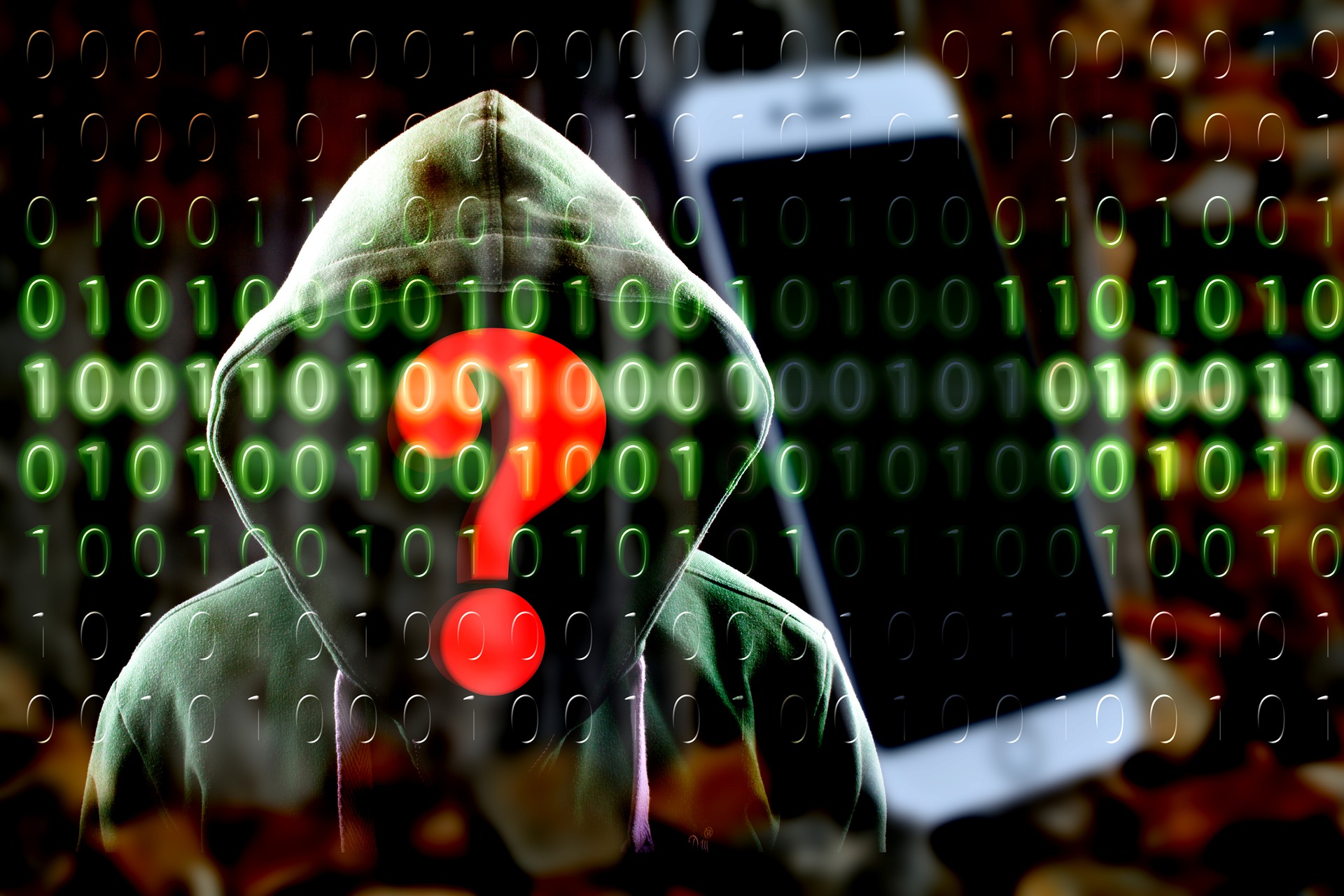The Corona pandemic with its lockdowns has led to more and more activities being shifted to the Internet. Cyber attacks have long since ceased to target only companies. “Cybercrime has arrived in our living rooms,” explained Natascha Kantauer-Gansch, head of private customers at A1 at an online press conference on Friday. “We receive hundreds of customer inquiries every day about fake text messages.”
Currently, the most common method of attack are so-called “flu bots.” This form of “Trojan” disguises itself as an SMS from well-known parcel delivery companies and asks the recipient to follow a link to confirm delivery for a package that has supposedly arrived. If the recipient clicks on this link, a malicious program (“malware”) is installed on the affected device in the background, which specifically sucks up login, bank and credit card data. RTR’s hotline for number abuse has already received tens of thousands of reports since May, and hundreds more every day. In the previous year, the Federal Criminal Police Office received 36,000 reports from private individuals in the field of cybercrime.
Mobile communications providers such as A1 have a wide range of options for taking action against such fraud attempts – but they are also subject to restrictions. For example, it is not possible to filter out the sending of such fraudulent text messages in advance – to do so, providers would have to look into all text messages, which is prohibited by the Telecommunications Act and the secrecy of correspondence, as Gilbert Wondracek, head of security at A1, emphasized. However, senders of mass SMS messages can be blocked. Usually, however, criminals change their telephone number with every new attempt at fraud, Wondracek added. To the extent legally possible, the company is working closely with the investigative authorities to prosecute the criminals.
Providers have a better chance of combating cybercriminal activity as soon as domains are involved – i.e., data traffic from and to the affected device takes place. This applies in particular to the dreaded ransomware attacks, in which the data on the affected device is downloaded and then encrypted on the device. Against payment of a “ransom” of several hundred euros, the device would then be decrypted again – but this cannot be relied upon. However, connections to malicious Internet addresses can be preemptively detected and blocked by subscribing to providers’ paid security add-on packages, Kantauer-Gansch continued.
If someone has clicked on the link in a suspicious SMS and only realizes this mistake a few moments later, cybercrime expert Richard Malovic has the following advice ready: “Quickly go into ‘flight mode’!” – in other words, cut the smartphone’s Internet connection. This is because an attack with malware usually takes place in several steps, so quick action is crucial. Subsequently, you should reset your cell phone to the factory settings so that no damage is done and contact your provider.
- source: APA/picture: Image by Gerd Altmann from Pixabay
This post has already been read 1625 times!



